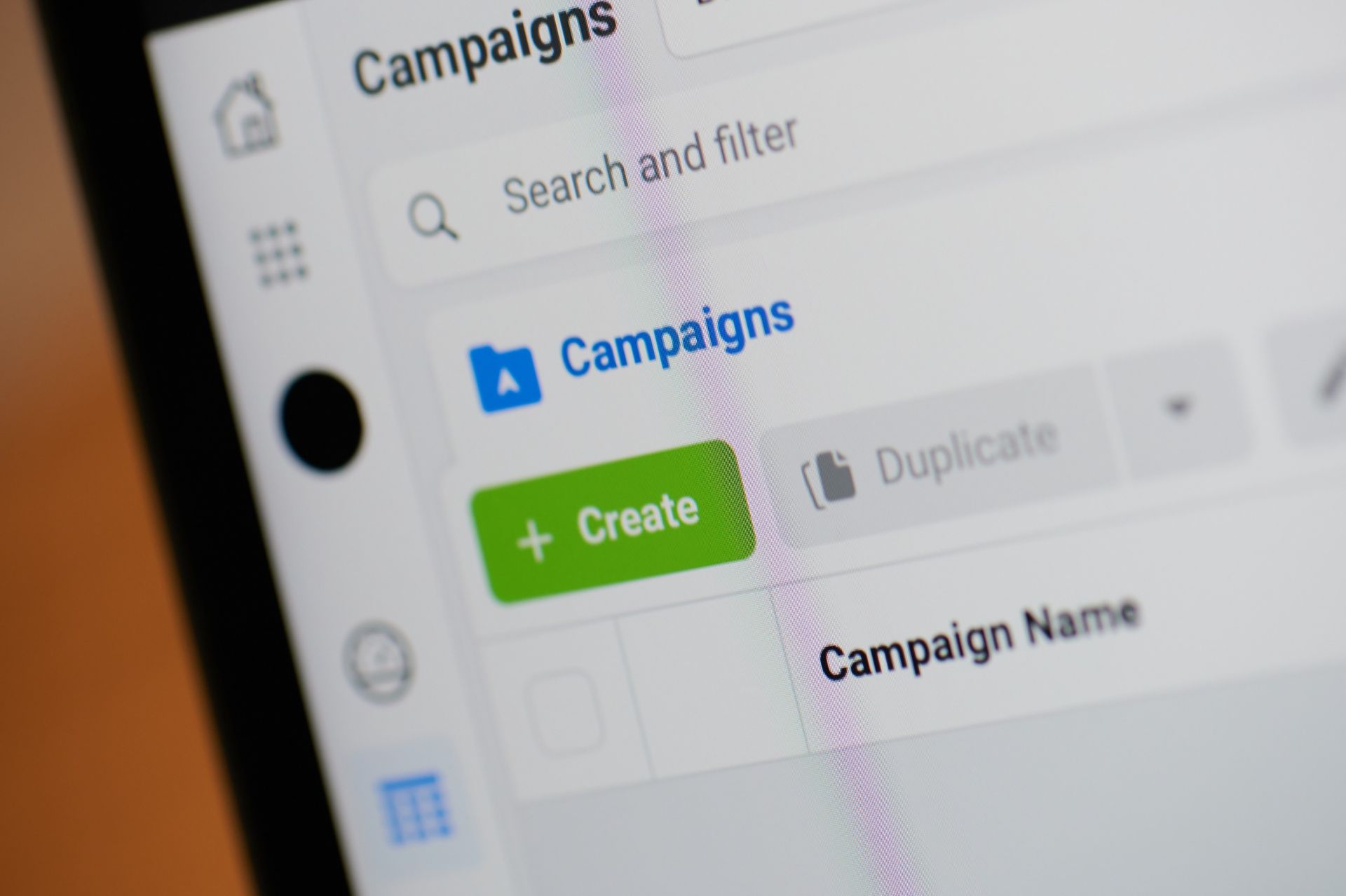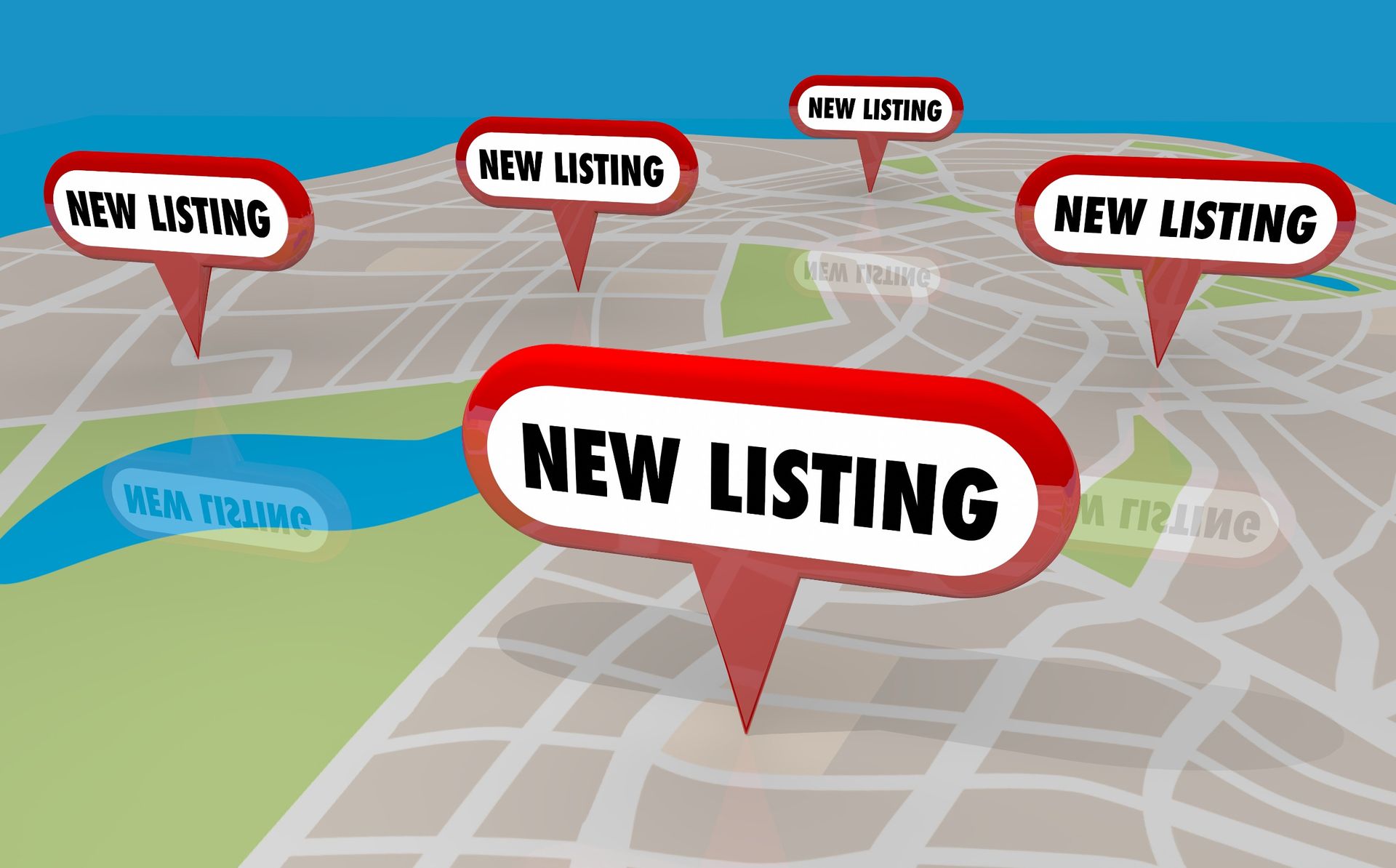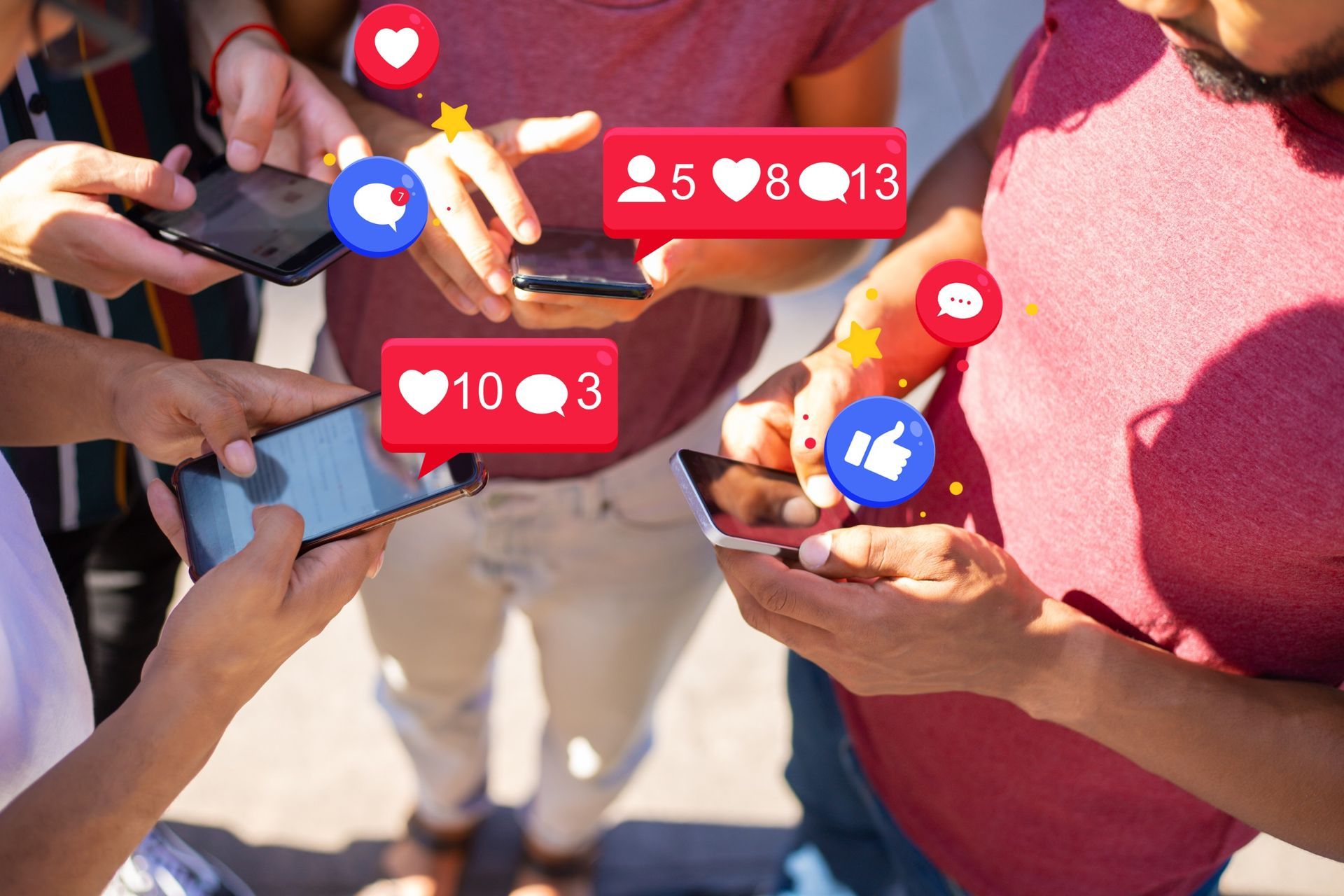
Mastering the Art of Persuasion in Digital Marketing
In the fast-paced world of digital marketing, persuasion is more than just a skill—it's an art. Understanding how to influence and engage your audience can be the difference between a successful campaign and one that falls flat.
This blog post will explore the essence of persuasion in digital marketing, providing you with practical tips and strategies to create compelling content that resonates with your audience.
Whether you're a seasoned marketer or just starting out, this guide will offer valuable insights into the techniques that can elevate your marketing game.
The Power of Persuasion in Digital Marketing
Persuasion is the process of influencing someone to take a specific action. Digital marketing involves convincing your audience to engage with your content, subscribe to your newsletter, purchase your products, or support your brand. But what makes persuasion so powerful in the digital realm?
First, digital platforms allow for direct and personalized communication with your audience. Unlike traditional marketing channels, digital marketing lets you tailor your message to individual preferences and behaviors. This level of personalization can significantly enhance the persuasive power of your content.
Second, the abundance of data available in digital marketing enables you to understand your audience better than ever before. By analyzing user behavior, demographics, and feedback, you can craft messages that resonate on a deeper level, increasing the likelihood of conversion.
Finally, digital marketing provides a multitude of channels through which you can disseminate your persuasive messages. From social media and email to blogs and videos, each platform offers unique opportunities to connect with your audience and drive action.
Understanding Your Audience
To persuade effectively, you must first understand who you are trying to influence. Knowing your audience's needs, desires, and pain points is crucial for crafting messages that resonate. Start by creating detailed buyer personas that represent your ideal customers. These personas should include demographic information, interests, challenges, and goals.
Conduct surveys and interviews to gather firsthand insights from your audience. Analyze data from your website, social media, and email campaigns to identify patterns and trends in user behavior. The more you know about your audience, the better equipped you'll be to create persuasive content that speaks directly to them.
Crafting Compelling Messages
The foundation of persuasion lies in your ability to craft compelling messages. Here are some key elements to consider when creating persuasive content:
Clarity and Simplicity
Your message should be clear and easy to understand. Avoid jargon and complex language that might confuse your audience. Instead, use simple, straightforward language that conveys your point effectively.
Emotional Appeal
People are often driven by emotions rather than logic. Tap into your audience's emotions by telling stories, using vivid imagery, and highlighting the benefits of your product or service. Show empathy and understanding, and demonstrate how your offering can solve their problems or enhance their lives.
Credibility and Trust
Building trust is essential for persuasion. Use testimonials, case studies, and endorsements from satisfied customers to establish credibility. Provide evidence and data to support your claims, and be transparent about your business practices.
The Role of Social Proof
Social proof is a powerful persuasive tool in digital marketing. It leverages the influence of others to convince potential customers to take action. Here are some ways to incorporate social proof into your marketing strategy:
Customer Reviews and Testimonials
Encourage satisfied customers to leave reviews and share their experiences with your products or services. Display these reviews prominently on your website and social media channels to build trust and credibility.
Influencer Partnerships
Collaborate with influencers who align with your brand values and have a loyal following. Their endorsement can significantly boost your brand's visibility and credibility.
User-Generated Content
Encourage your customers to create and share content related to your brand. This could be in the form of photos, videos, or blog posts. User-generated content adds authenticity to your marketing efforts and fosters a sense of community.
Leveraging Scarcity and Urgency
Scarcity and urgency are psychological triggers that can drive immediate action. When people believe that a product is limited in availability or that an offer is time-sensitive, they are more likely to act quickly. Here are some ways to incorporate scarcity and urgency into your marketing:
Limited-Time Offers
Promote special deals and discounts that are available for a limited time. Use countdown timers on your website and emails to emphasize the urgency.
Limited Stock Announcements
If you have a product that is in high demand, highlight its limited availability. Phrases like "Only a few left in stock" or "Hurry, selling fast" can create a sense of urgency.
Exclusive Access
Offer exclusive access to new products, services, or content for a limited group of customers. This creates a sense of exclusivity and makes customers feel valued.
The Importance of Call to Action (CTAs)
A persuasive marketing message is incomplete without a clear call to action (CTA). Your CTA should guide your audience toward the desired action, whether it's making a purchase, signing up for a newsletter, or downloading a resource. Here are some tips for creating effective CTAs:
Be Clear and Specific
Your CTA should clearly state what action you want your audience to take. Use action-oriented language, such as "Buy Now," "Sign Up," or "Learn More."
Create a Sense of Urgency
Incorporate urgency into your CTA to prompt immediate action. Phrases like "Limited Time Offer" or "Don't Miss Out" can encourage your audience to act quickly.
Make it Visually Stand Out
Ensure your CTA stands out visually on your webpage or email. Use contrasting colors, bold fonts, and strategic placement to draw attention to it.
Personalization and Segmentation
Personalization and segmentation are key to delivering relevant and persuasive messages. Tailor your content to different segments of your audience based on their preferences, behaviors, and demographics. Here are some ways to implement personalization and segmentation:
Dynamic Content
Use dynamic content to personalize your website and email content for different audience segments. Show different product recommendations, images, and messages based on user data.
Targeted Email Campaigns
Segment your email list based on criteria such as purchase history, engagement levels, and demographics. Send targeted email campaigns that address the specific needs and interests of each segment.
Personalized Recommendations
Use AI-powered algorithms to provide personalized product recommendations to your customers based on their browsing and purchase history.
The Role of Visuals in Persuasion
Visual content plays a significant role in persuasion. Humans process visuals faster than text, and compelling visuals can capture attention and convey your message effectively. Here are some tips for using visuals in your marketing:
High-Quality Images
Use high-quality images that are relevant to your message. Avoid stock photos that look generic and staged. Instead, opt for authentic images that resonate with your audience.
Infographics
Infographics are a great way to present complex information in an easily digestible format. Use infographics to highlight key data points, statistics, and processes.
Videos
Video content is highly engaging and can effectively convey your message. Create product demos, customer testimonials, and behind-the-scenes videos to connect with your audience on a deeper level.
Measuring the Effectiveness of Your Persuasive Efforts
To ensure your persuasive efforts are paying off, it's important to measure their effectiveness. Here are some key metrics to track:
Conversion Rates
Monitor the conversion rates of your marketing campaigns to see how well your persuasive messages are driving action. Track metrics such as click-through rates, sign-ups, and purchases.
Engagement Metrics
Analyze engagement metrics such as likes, comments, shares, and time spent on your content. High engagement indicates that your audience finds your content valuable and persuasive.
A/B Testing
Conduct A/B tests to compare different versions of your content and identify which elements are most effective in persuading your audience. Test different headlines, CTAs, visuals, and messaging.
Overcoming Resistance
Even the most persuasive messages can encounter resistance. Understanding and addressing common objections can help you overcome resistance and persuade more effectively. Here are some strategies:
Address Common Objections
Identify common objections your audience may have and address them proactively in your content. Provide clear explanations and solutions to alleviate concerns.
Build Relationships
Building strong relationships with your audience can reduce resistance. Engage with your audience through social media, respond to comments and messages, and show genuine interest in their needs.
Offer Guarantees
Offering guarantees, such as money-back guarantees or free trials, can reduce the perceived risk for your audience and make them more likely to take action.
Continuous Improvement
Persuasion in digital marketing is not a one-time effort but an ongoing process. Continuously seek feedback, analyze your results, and make improvements to your strategies. Stay updated with the latest trends and best practices in digital marketing to keep your persuasive skills sharp.
Ready to Create Persuasive Digital Marketing Strategies?
Mastering persuasion in digital marketing is essential for engaging your audience and driving action. Remember to measure your effectiveness, overcome resistance, and continuously improve your strategies. With these techniques, you can become a more persuasive and effective digital marketer.
Ready to take your digital marketing to the next level?
Contact us today to learn how we can help your business grow with compelling digital strategies.





Whale Traffic
We've been dealing with massive amounts of traffic since the 90's. We're still here, and still growing. Ready to see how Whale Traffic can scale your company? Well as ad people, we say "Get Started Here."
Contact Us
Whale Traffic LLC
1968 S. Coast Hwy, #1921
Laguna Beach, CA 92651
United States




